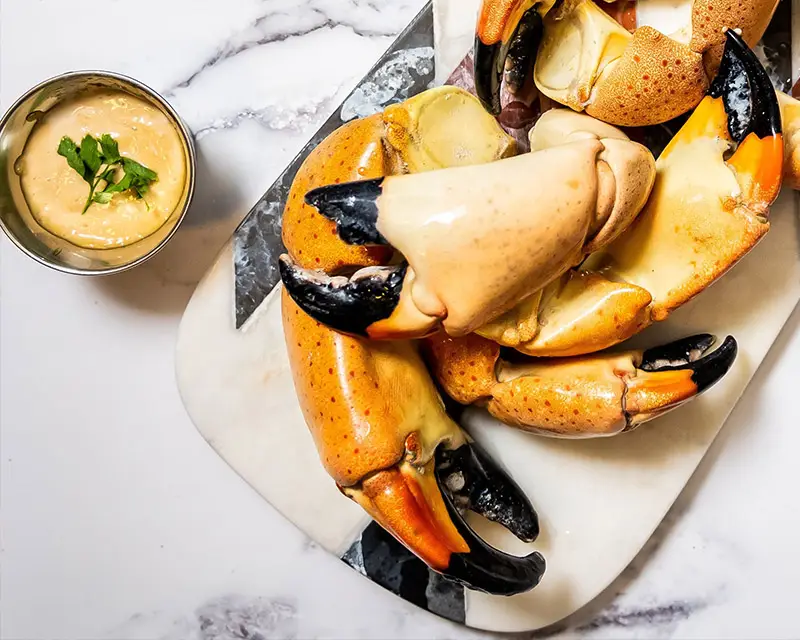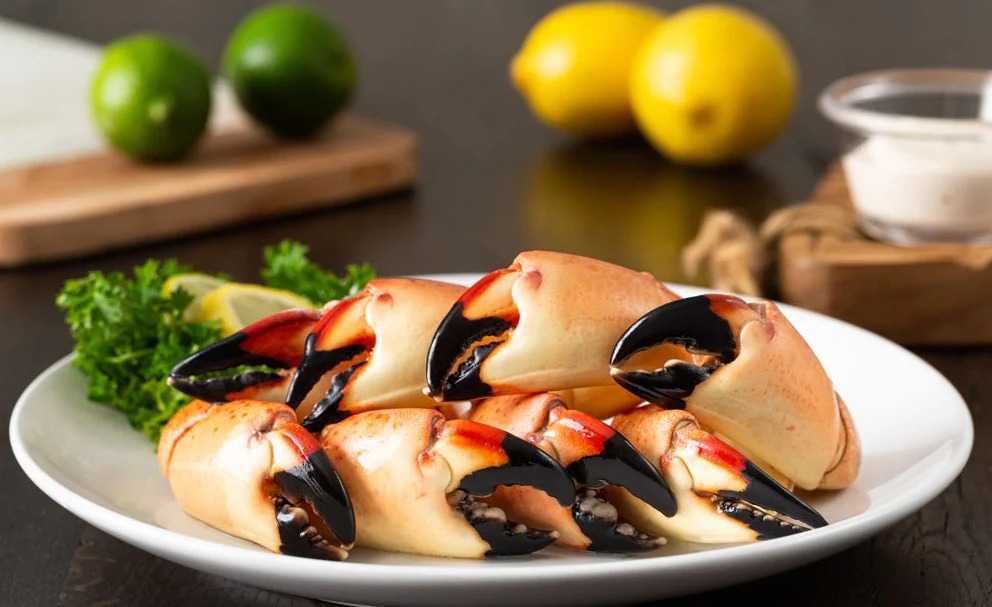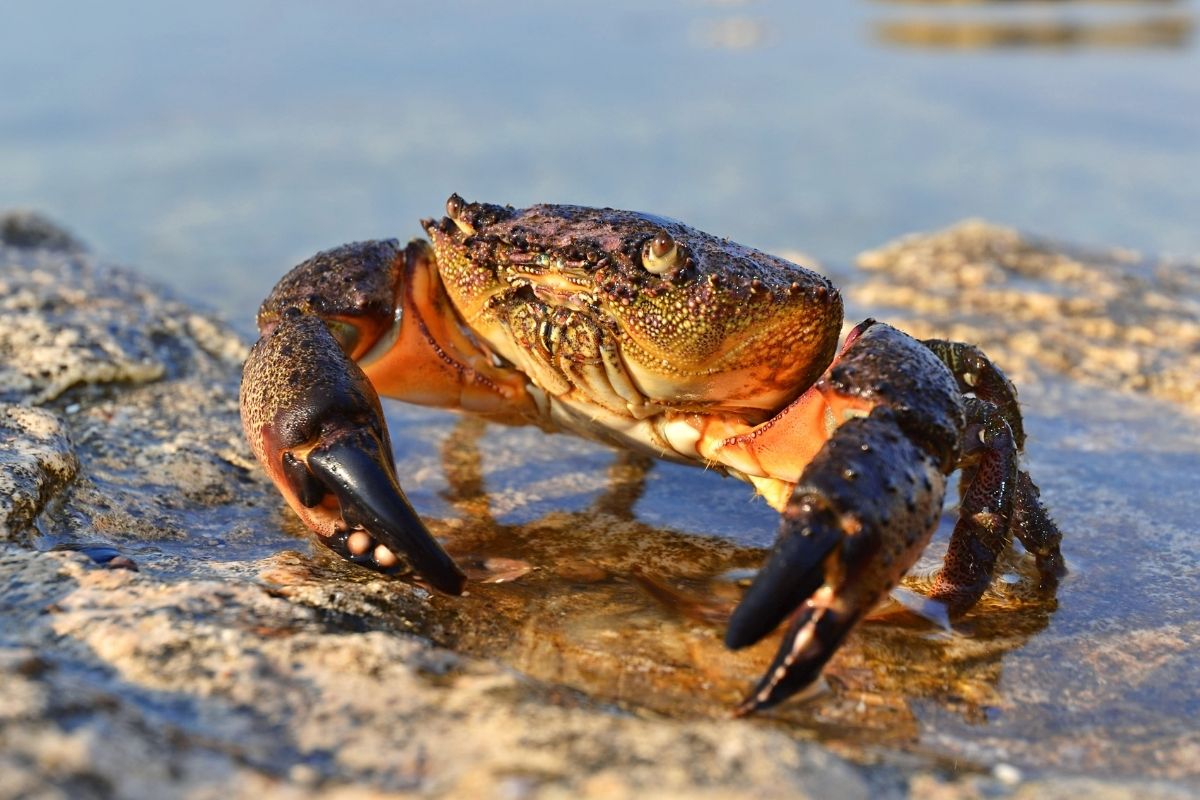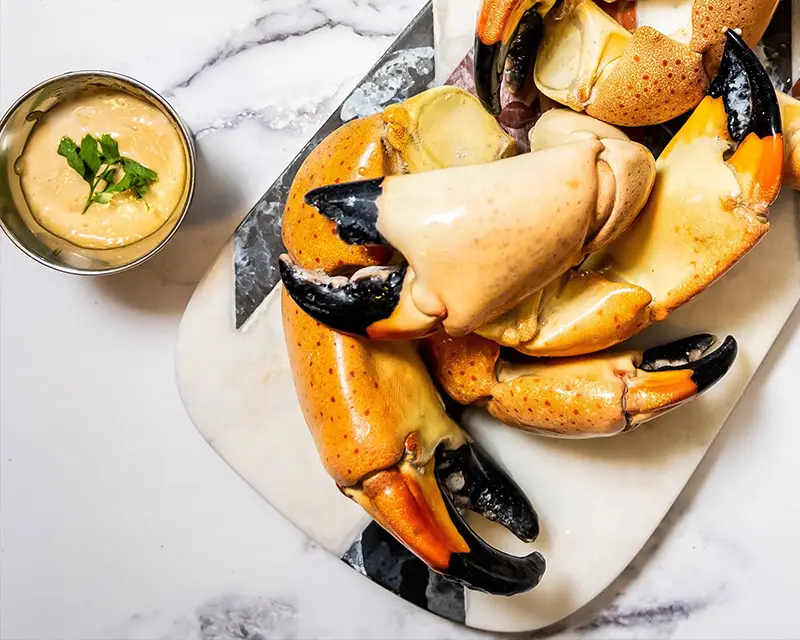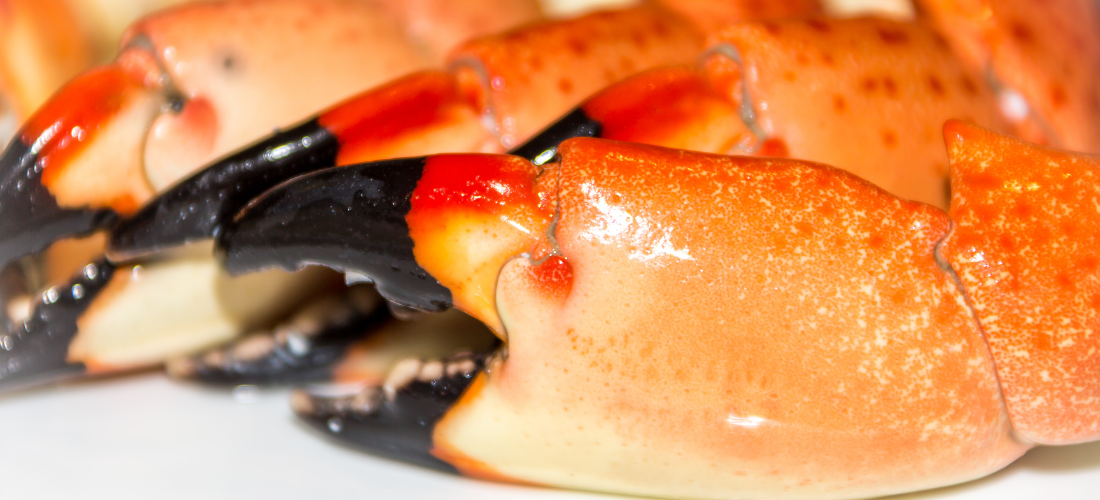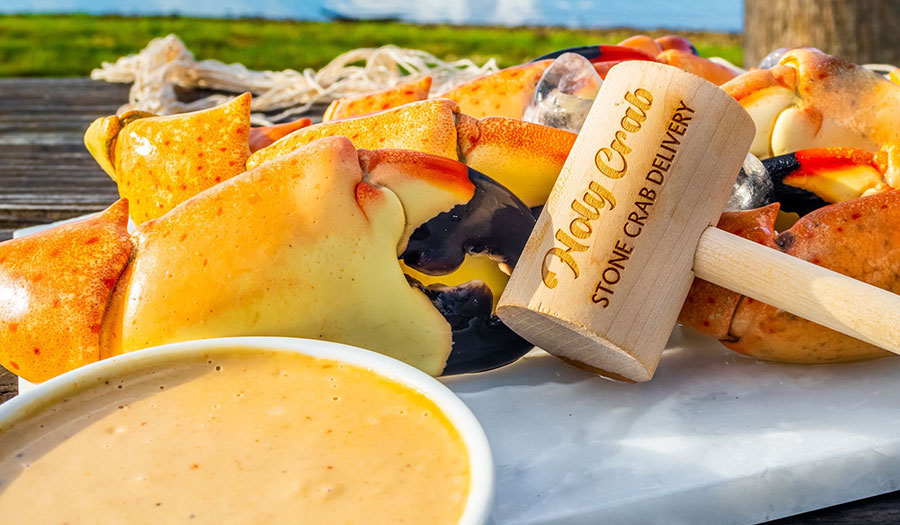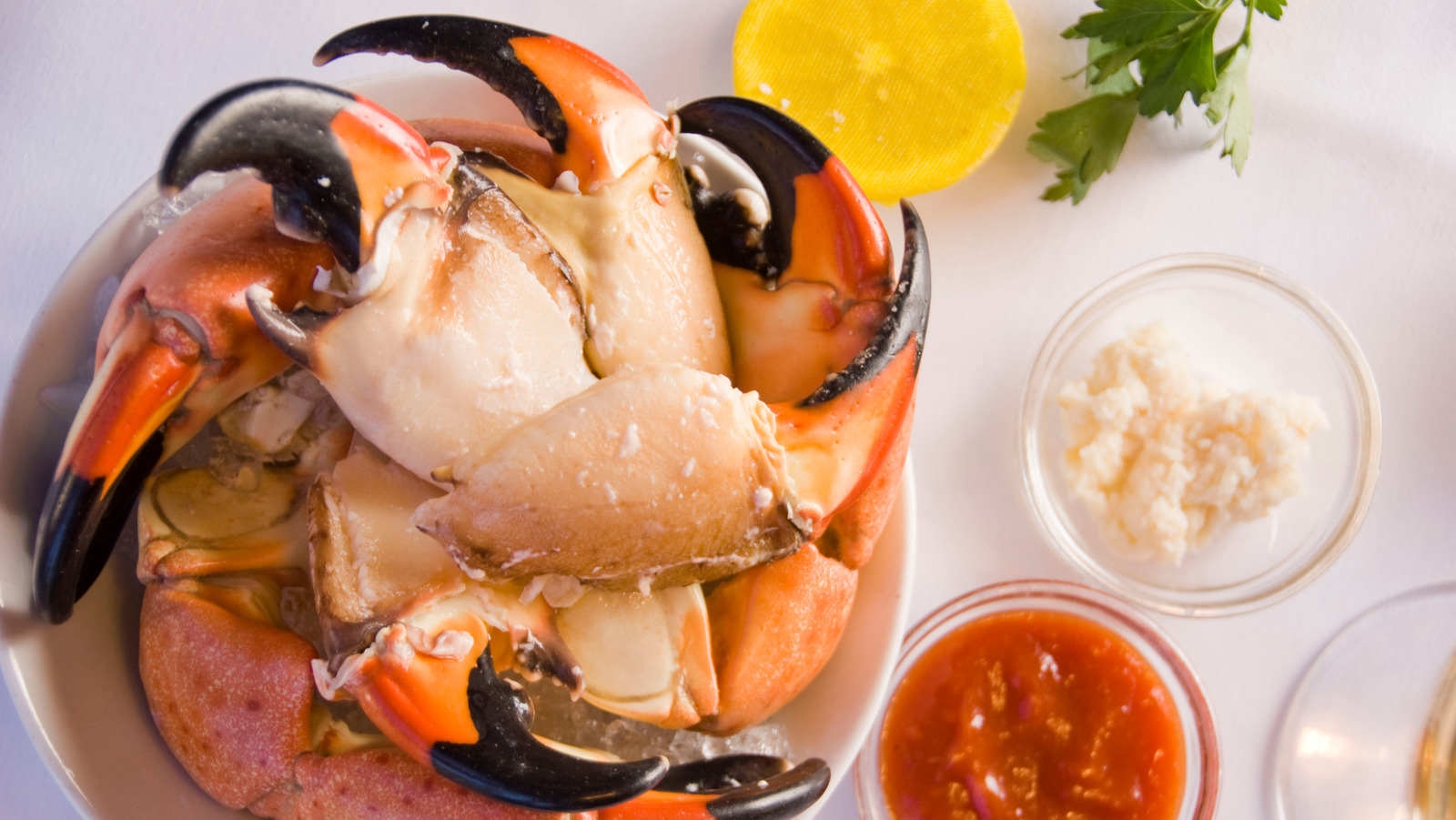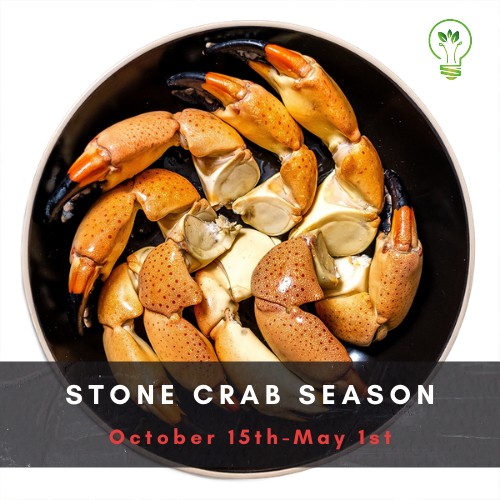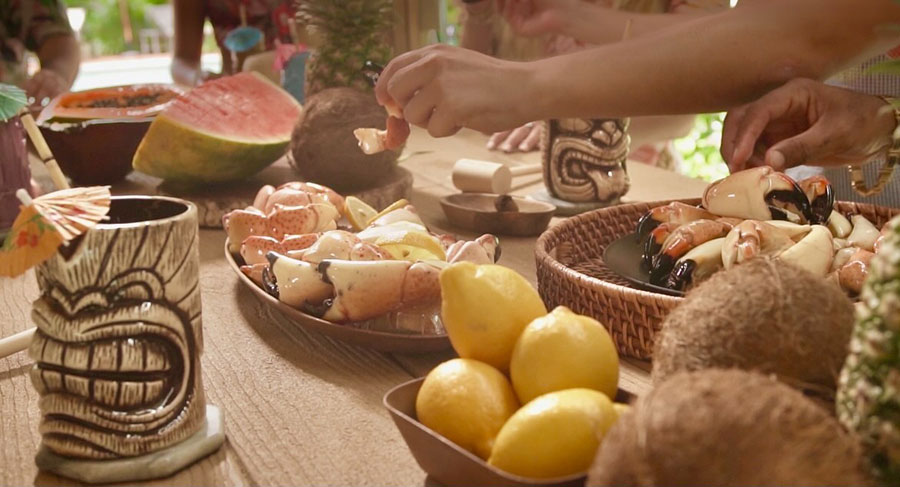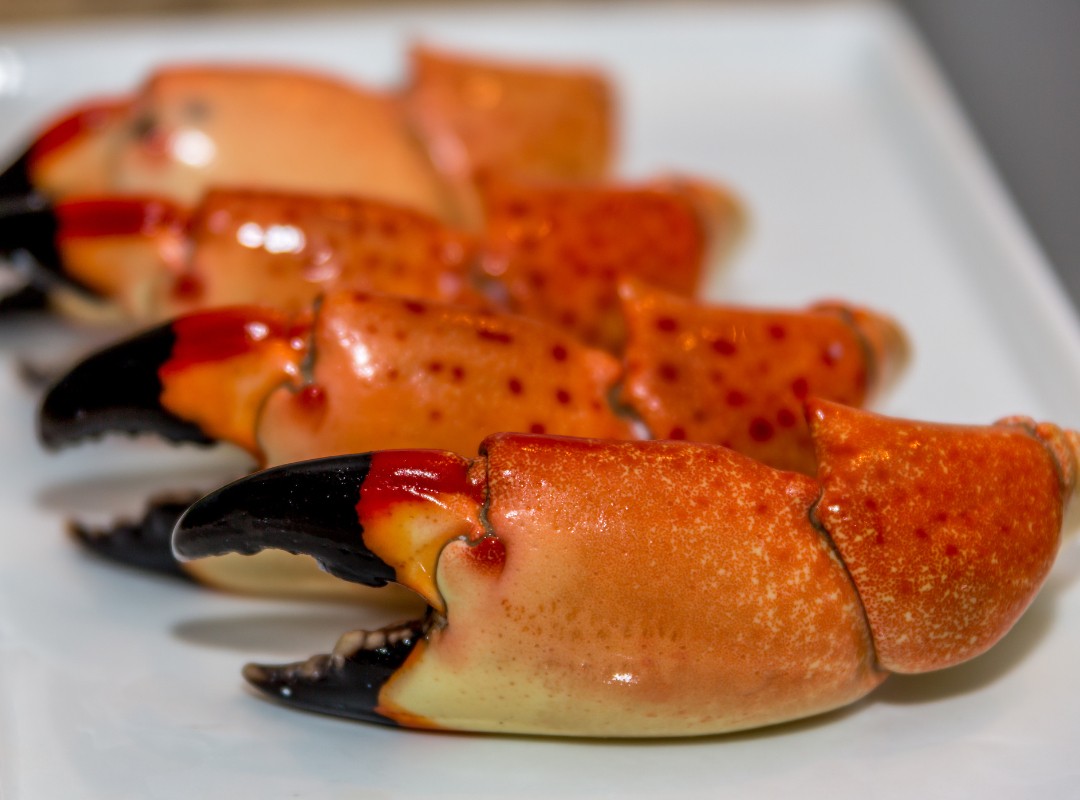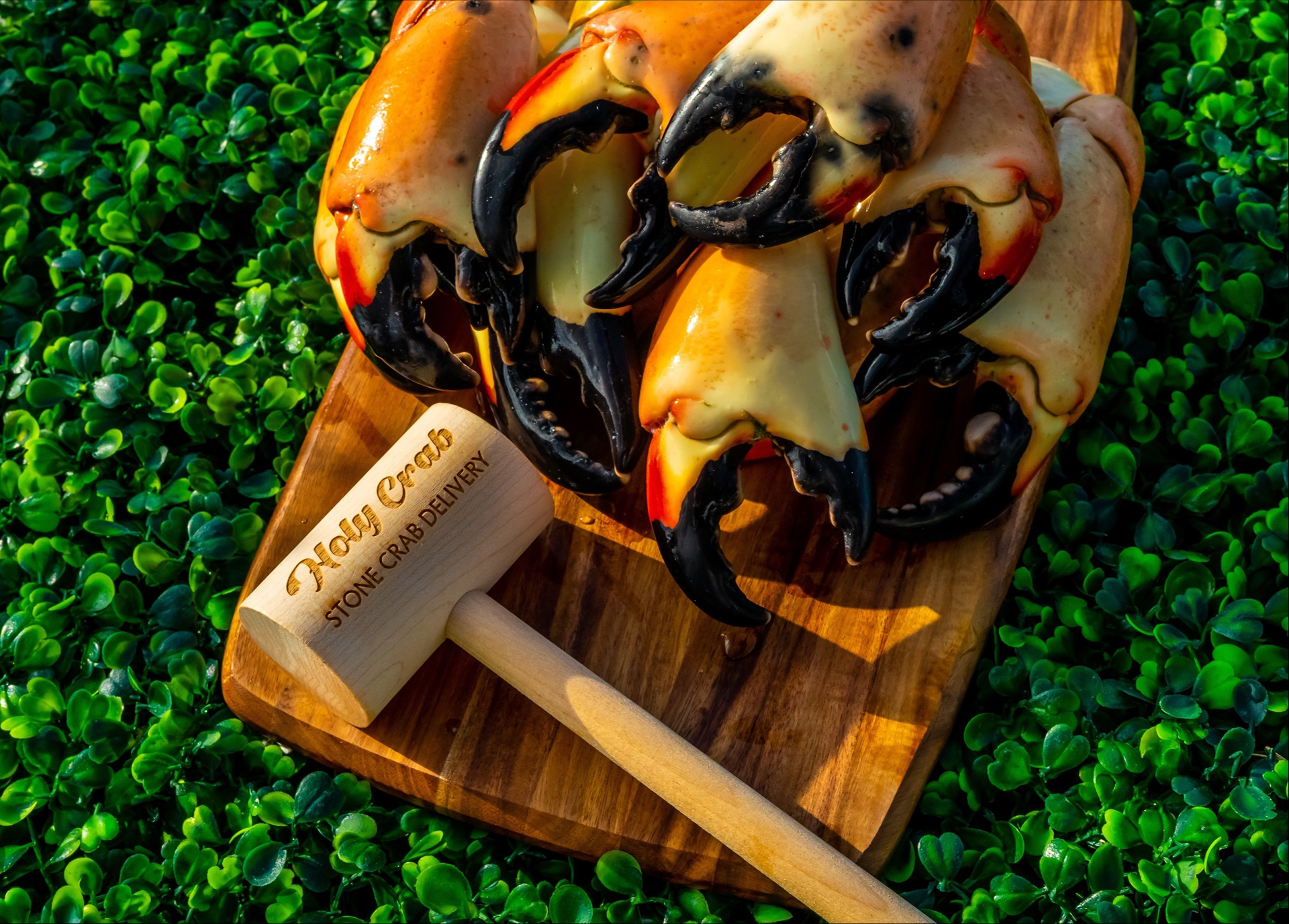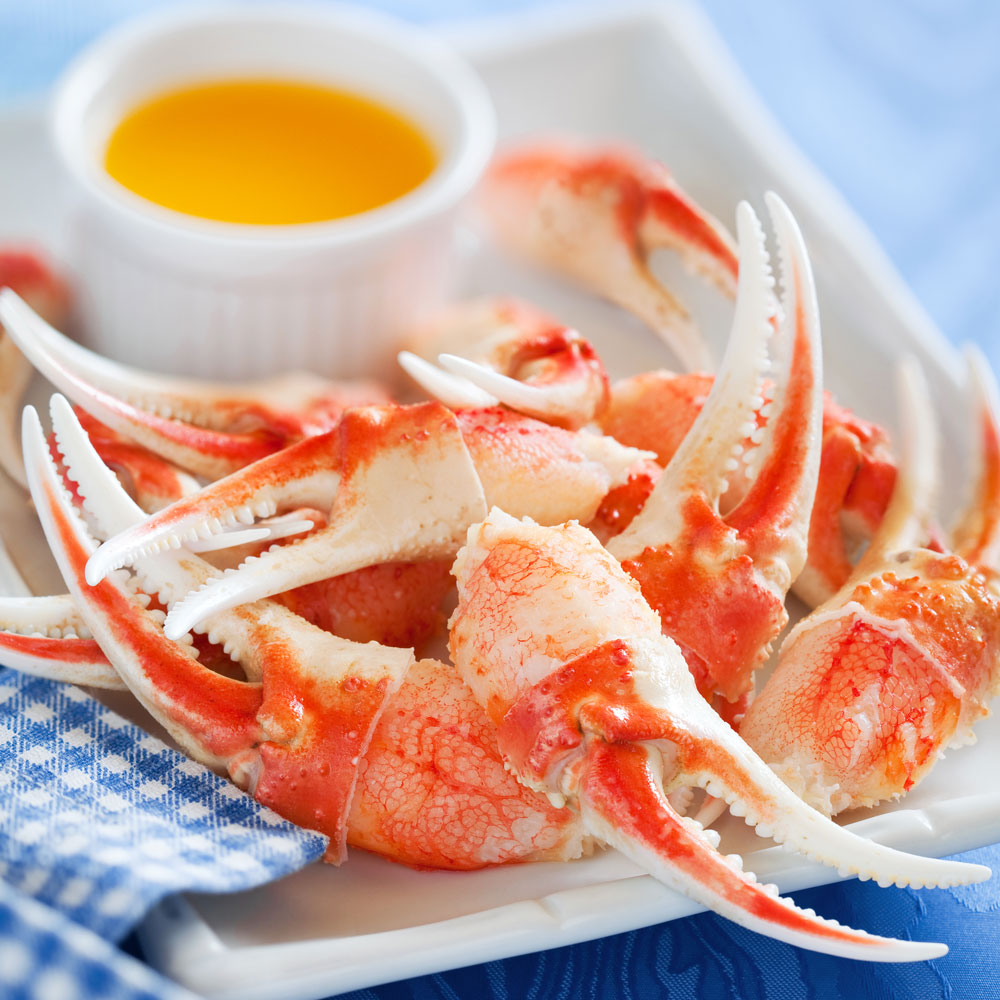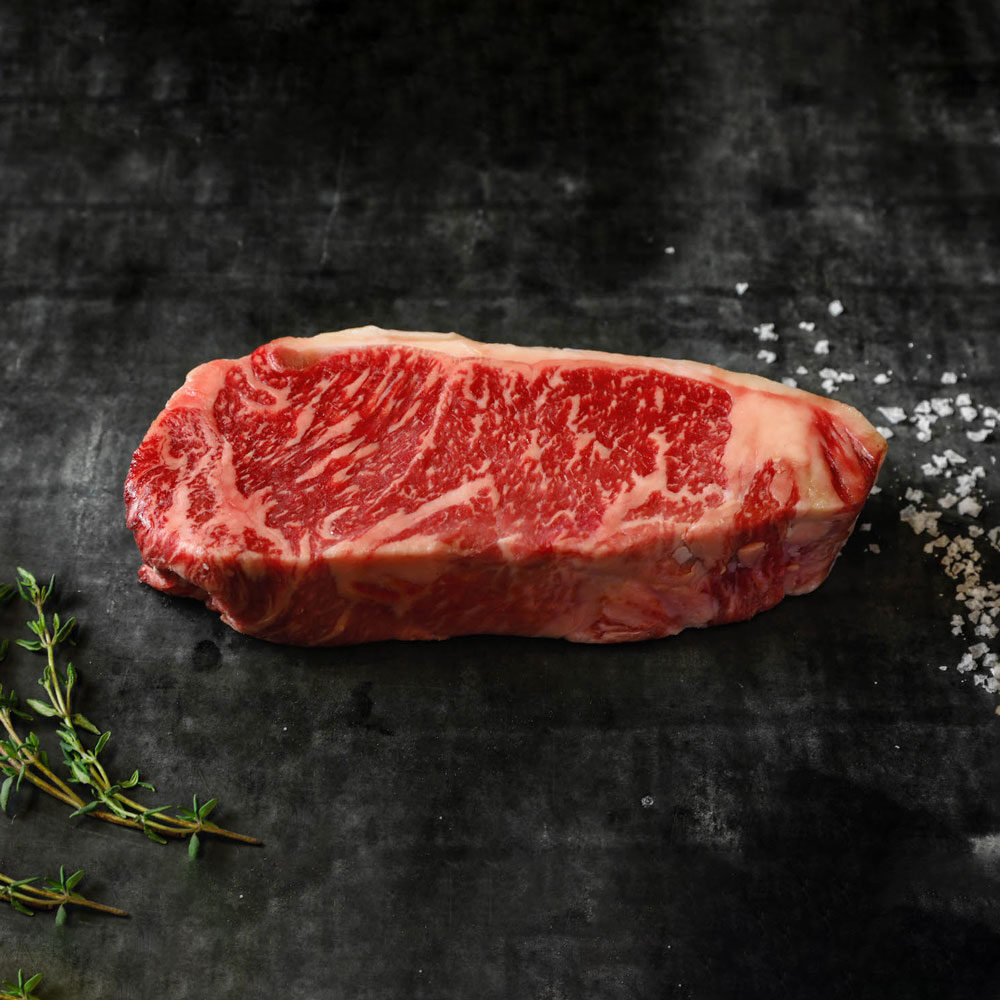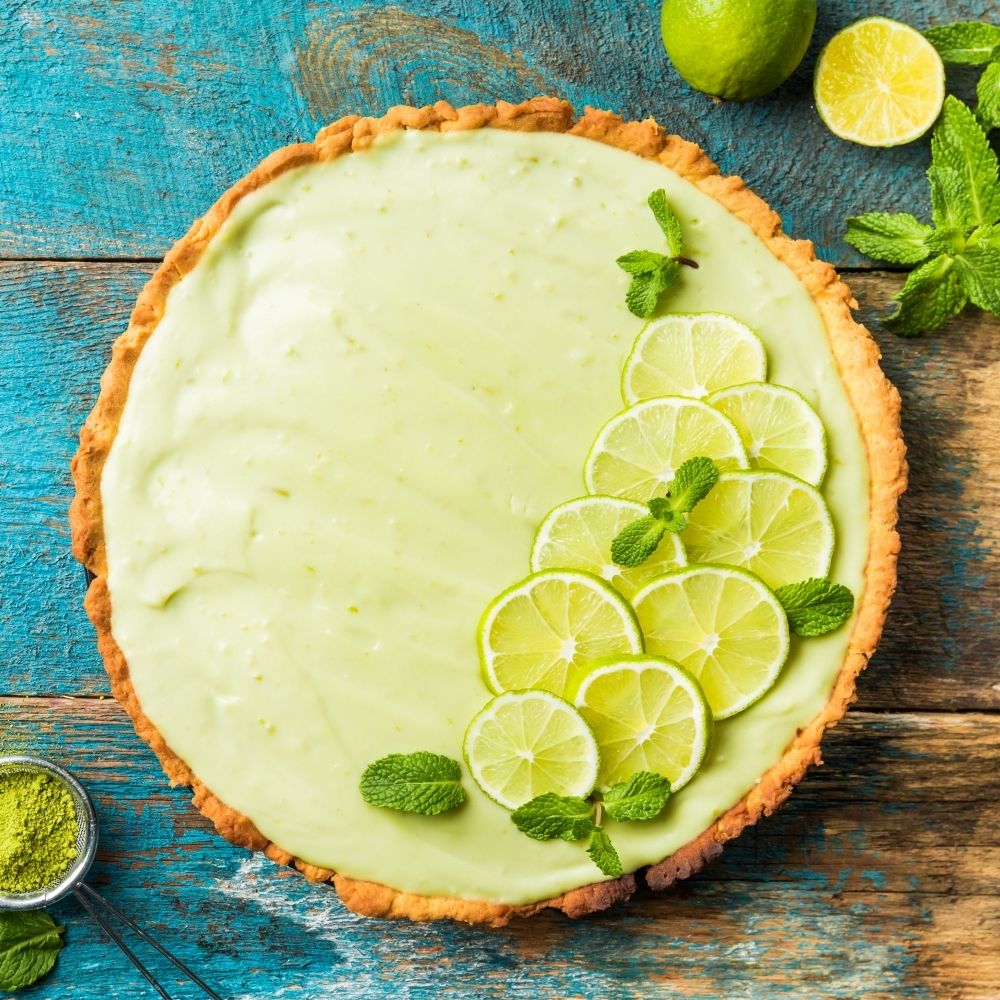Jonah Crab vs Stone Crab
Did you know that there are two fascinating types of crabs called Jonah Crab and Stone Crab? If you’ve ever wondered about the differences between these crustaceans, then you’ve come to the right place!
In this article, we’ll explore the characteristics and distinctions of Jonah Crab and Stone Crab, giving you a better understanding of these captivating creatures. So, let’s dive in and discover the unique world of Jonah Crab and Stone Crab!
Crab Physical Appearance
Jonah Crab physical characteristics
The Jonah Crab, also known as Cancer borealis, is a species of crab that can be found along the eastern coast of North America. It has a robust body with a width that can reach up to 10 inches. The carapace, or upper shell, of the Jonah Crab is typically reddish-brown or dark green in color, and it is covered in small bumps and ridges. The claws of the Jonah Crab are large and powerful, with jagged edges that help them to crush their prey. The legs of this crab are long and slender, aiding in its mobility and agility.
Stone Crab physical characteristics
The Stone Crab, scientifically known as Menippe mercenaria, is another fascinating crab species found in the western Atlantic Ocean and the Gulf of Mexico. Its body is generally smaller compared to the Jonah Crab, with a carapace width ranging from 3 to 5 inches. The color of the Stone Crab’s carapace can vary, but it is predominantly brownish-red or gray. One notable feature of this crab is its large claws, which are asymmetrical in size. The larger claw is used for crushing shells and the smaller one for manipulating food. The Stone Crab’s legs are sturdy, enabling it to scuttle along the ocean floor.
Habitat
Jonah Crab habitat
Jonah Crabs are predominantly found in the northeastern part of the United States, ranging from Cape Cod to northern Florida. They inhabit a variety of environments, including rocky intertidal zones, shallow coastal waters, and even sandy areas. These crabs prefer areas with ample hiding spots, such as crevices in rocks or submerged vegetation, which provide them protection from predators and shelter during molting.
Stone Crab habitat
Stone Crabs thrive in the warm waters of the western Atlantic Ocean and the Gulf of Mexico. They are commonly found along the coasts of Florida, as well as the Caribbean islands. These crabs have a preference for seagrass beds, oyster reefs, and coral reefs. Stone Crabs seek refuge in crevices or burrows, often excavated by other animal species, to protect themselves from predators and extreme weather conditions.
Distribution
Jonah Crab distribution
Jonah Crabs have a relatively broad distribution along the eastern coast of North America. While they primarily inhabit the waters from Cape Cod to northern Florida, they can occasionally be found as far south as Georgia. They are particularly abundant in the Gulf of Maine and the Chesapeake Bay area due to the availability of suitable habitats and food sources.
Stone Crab distribution
Stone Crabs have a more limited distribution compared to Jonah Crabs. They are primarily found in the southeastern and Gulf coastal regions of the United States. Florida is particularly known for its abundant Stone Crab population, with the Florida Keys being a significant habitat for these Florida stone crabs. They can also be found throughout the Caribbean Sea, including the Bahamas and Cuba.
Size and Weight
Jonah Crab size and weight
Jonah Crabs are known for their impressive size, especially when compared to other crab species. The carapace width of an adult Jonah Crab can range from 6 to 10 inches, with males generally being larger than females. As for weight, Jonah Crabs typically weigh between 1 to 2 pounds. However, there have been records of larger specimens weighing up to 3 pounds!
Stone Crab size and weight
Stone Crabs are relatively smaller compared to Jonah Crabs. The carapace width of an adult Stone Crab ranges from 3 to 5 inches, with females often being larger than males. In terms of weight, Stone Crabs are lighter, ranging between 0.5 to 1 pound. While smaller in size, Stone Crabs still possess strong claws that play a crucial role in their survival.
Shell
Jonah Crab shell
The shell, or carapace, of a Jonah Crab is thick and durable, offering excellent protection for the crab’s internal organs. It has a rough texture due to the presence of small bumps and ridges. The carapace color varies from reddish-brown to dark green, allowing the crab to blend in with its surroundings. One interesting aspect of the Jonah Crab’s shell is its ability to change color slightly when the crab molts and grows a new shell.
Stone Crab shell
Similar to the Jonah Crab, the shell of a Stone Crab is also strong and sturdy. The carapace has a smoother texture compared to the Jonah Crab, but it still provides effective protection. The color of the Stone Crab’s shell varies from brownish-red to gray, offering camouflage in rocky or sandy habitats. During molting, the old shell is shed, and a softer one forms to accommodate the growing crab.
Color of Crabs
Jonah Crab color
The coloration of Jonah Crabs can vary depending on their habitat and age. The carapace is typically reddish-brown or dark green, with some individuals showing hints of purple or gray. The undersides of their bodies are generally lighter in color, often ranging from white to yellowish. These color variations help Jonah Crabs blend in among rocky or sandy substrates, providing them with effective camouflage and protection.
Stone Crab color
Stone Crabs exhibit a combination of brownish-red and gray coloration on their carapace. While the overall color is usually brownish-red, the shell may also have gray patches or markings. This color scheme aids in their ability to blend in with the seagrass, oyster reefs, and sandy habitats where they are commonly found. The undersides of their bodies are lighter in color, ranging from pale cream to white.
Crab Claws
Jonah Crab claws
The prominent feature of Jonah Crabs is their large and powerful claws. Both the claws are similar in size, and they possess jagged edges that make them effective for crushing the shells of their prey. The claws are often used during competition for mates or territory, and they can also serve as a defensive mechanism against predators. The claw tips of male Jonah Crabs are wider and more rounded than those of females.
Stone Crab claws
Stone Crabs are renowned for their asymmetrical claws. The larger claw, called the crusher claw, is used to crush the shells of prey, while the smaller claw, known as the pincher claw, aids in tearing apart food. The claws can regenerate if lost, a unique ability among crustaceans. This regeneration process ensures the Stone Crab’s ability to continue hunting and defending itself effectively.
Edibility
Jonah Crab edibility
Jonah Crabs are highly valued for their succulent and sweet meat, which makes them a popular choice among seafood enthusiasts. The meat is delicate yet firm, with a slightly briny flavor. It is often used in various culinary dishes, including crab cakes, salads, and seafood boils. The Jonah Crab’s large claws, in particular, provide a generous amount of meat that can be enjoyed by seafood lovers.
Stone Crab edibility
Stone Crabs are also considered a delicacy due to the delectable meat found in their claws. After capturing a Stone Crab, only the stone crab claws are typically harvested, while the crab is returned to the water to allow the claws to regenerate. The meat from the freshly cooked claws is tender and slightly sweet, with a unique flavor that distinguishes it from other crab species. Stone Crab claws are often served with a dipping sauce, such as mustard sauce, to enhance the overall dining experience.
Culinary Uses
Jonah Crab culinary uses
Jonah Crab meat is highly versatile and can be utilized in various culinary creations. The sweet and delicate flavor of the meat complements a wide range of dishes. It is frequently incorporated into crab cakes, where the meat’s tenderness shines through. Jonah Crab meat can also be used in salads, pasta dishes, or even enjoyed by itself as a main course. The claws can be cracked open and enjoyed with a side of melted butter or a zesty seafood sauce.
Stone Crab culinary uses
Similar to the Jonah Crab, the meat from Stone Crab claws is often the main focus in culinary creations. The tender and slightly sweet flavor of the meat lends itself well to a variety of dishes. Stone Crab meat is commonly used in salads, soups, and bisques, where its unique taste can be savored. The claws can be cracked open and the succulent meat can be enjoyed on its own or dipped in a flavorful sauce.
Conservation Status
Jonah Crab conservation status
The Jonah Crab is not currently considered a species of concern in terms of conservation. They are not listed as endangered or threatened by any major conservation organizations. However, it is essential to maintain responsible fishing practices to ensure the sustainability of the Jonah Crab population. This includes adhering to catch limits, using appropriate gear, and supporting habitat preservation efforts.
Stone Crab conservation status
Stone Crabs are also not considered endangered or threatened at present. Similar to Jonah Crabs, maintaining sustainable fishing practices is crucial to preserving the population of Stone Crabs. Harvesting regulations, such as only taking the claws and returning the crab to the water, have been implemented to ensure the long-term viability of this species. Additionally, protecting their habitats, including seagrass beds and coral reefs, contributes to the overall conservation efforts for Stone Crabs.
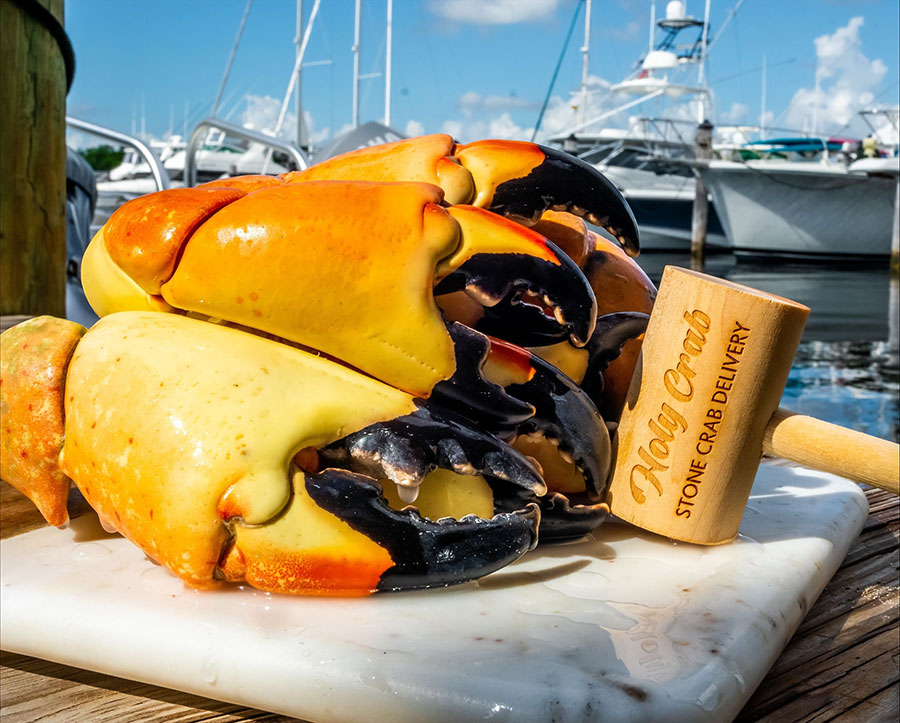
In conclusion, both the Jonah Crab and the Stone Crab have distinctive physical characteristics that allow them to thrive in their respective habitats. While the Jonah Crab is known for its robust size and reddish-brown to dark green coloration, the Stone Crab exhibits a smaller body size and a brownish-red to gray color scheme.
They both possess powerful claws that serve different purposes, with the Jonah Crab’s claws being more evenly sized and the Stone Crab having a larger crusher claw and a smaller pincher claw. Both crabs are prized for their flavorful meat, with Jonah Crabs appreciated for their succulent sweetness and Stone Crabs admired for their tender and slightly sweet taste.
Conservation efforts play a vital role in ensuring the long-term sustainability of these crab species, allowing future generations to enjoy these delightful delicacies from the sea.
Order your Stone Crab from Holy Crab Delivery
You still have a week remaining of stone crab season. Order today!

